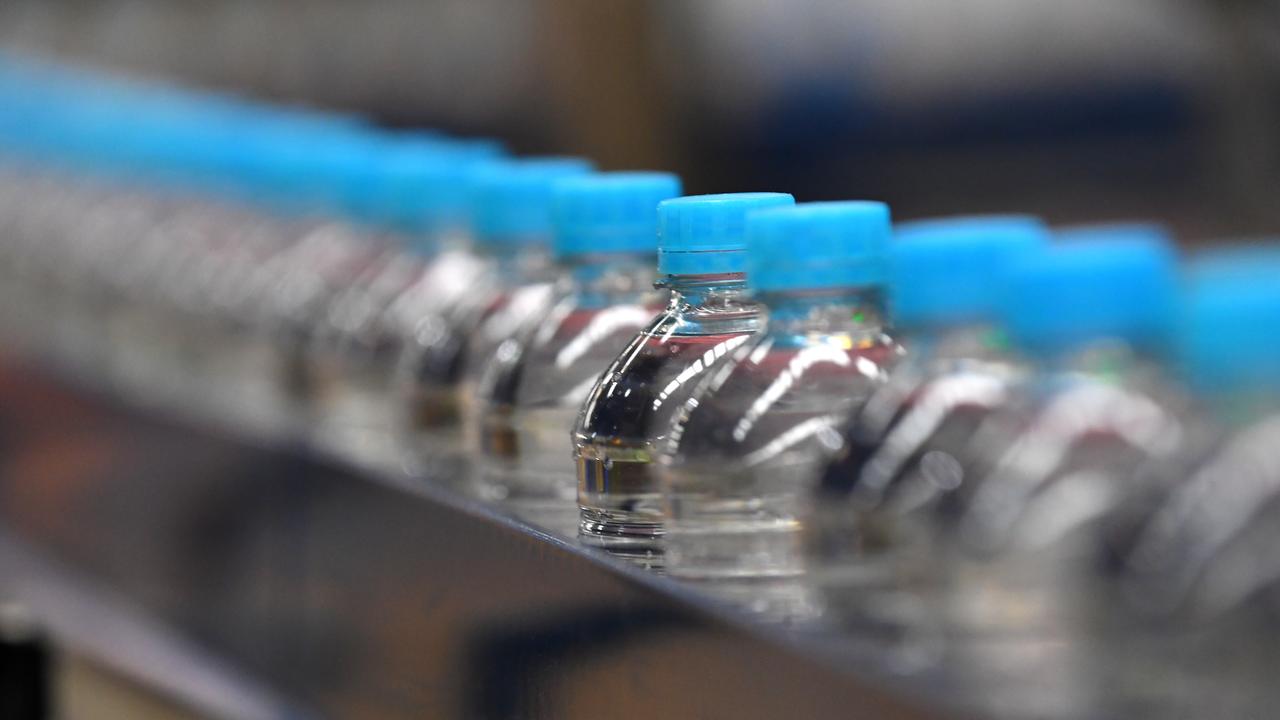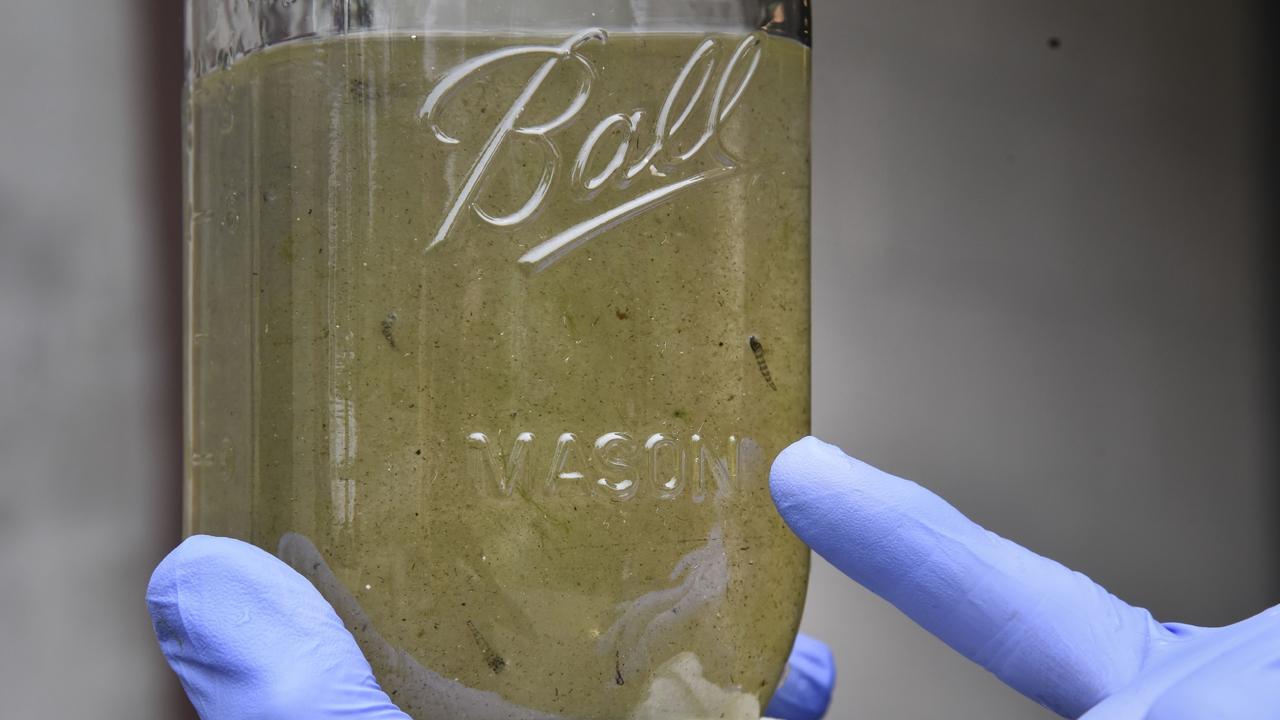WHAT WAS CLAIMED
A common electrolyser can be used to accurately test bottled and tap water quality.
OUR VERDICT
False. Electrolysers are not designed to assess water quality but can discolour water samples through oxidation.
It's being claimed that a widely available electronic device can be used to test impurities in a range of bottled water brands.
This is false. Experts told AAP FactCheck that electrolysers can't be used to assess water quality, which must be tested in specialised labs by trained professionals.
This Facebook post (screenshot here), which has been viewed more than 1.4 million times, shows a video of a man using six electrolysers to "test" a range of bottled water products, tap water and distilled water.
He places the electrodes in the water samples side by side and then switches on the power point they're plugged into.
The bottled water products turn various shades of yellow to dark brown and black. The man says the colours indicate the water quality.
"Whatever water hasn't changed is good water. The rest - we'll show you what's going on in it," the man claims (video mark 3min 46sec).

A chart on the side of the electrolyser device purportedly details water impurities according to colour after the electrolysis.
The product's description online says that yellow indicates silicon compounds, organic minerals, molybdenum, silicon, fluoride, and other organics, while green indicates arsenic, mercury, lead, copper, and sodium. Black indicates heavy metals.
Experts in chemical analysis have dismissed the experiment, saying electrolysers aren't designed to test water quality, and the change in water colour in the video is likely the result of oxidation.
Associate Professor W. Alexander Donald, a chemical analyst at the University of NSW Sydney, said the experiment doesn't provide any reliable information about the water, such as its pH level, presence of contaminants, or overall safety for consumption.
"Upon examination, it is evident that the electrolyser device in the video is not a reliable method for testing water quality," Dr Donald told AAP FactCheck.
"The claims made in the video are misleading, and the device's purported ability to assess water quality is bunkum.
"To accurately assess water quality, a comprehensive analysis should be conducted using appropriate scientific methods and equipment. Such tests will include the measurement of pH, dissolved oxygen levels, turbidity, chemical composition, and the presence of contaminants like heavy metals, bacteria, or toxins. These tests are carried out in specialised laboratories by trained professionals using standardised and accredited procedures and equipment."

Emeritus Professor Brynn Hibbert AM, an analytical chemistry expert at UNSW, said there were two possible reasons that the water changed colour in the video: the electrodes and the solution.
"To rebut the claims someone needs to repeat the experiments and analyse the coloured solutions that are produced," Professor Hibbert told AAP FactCheck.
"Without that neither I nor the electrolyser person can say what is happening."
Emeritus Professor Lawrence Gahan, from the School of Chemistry and Molecular Biosciences at the University of Queensland, says the water colour change is due to iron of the electrode oxidising.
He explained in an email to AAP FactCheck that the oxidation results in the formation of "iron(III) ions which, in the presence of water, will ultimately form ferric hydroxide (Fe(OH)3, rust) which is insoluble in water and hence will form a precipitate".
"The rust-coloured solution formed is, in my opinion, a result of a reaction of the iron electrode and not indicative of 'impurities' in the water," Professor Gahan said.
"The 'black' colouration seen in one sample is probably due to the presence of iron sulfides because of the naturally occurring sulfide ion in sulphurous mineral waters and these waters have been a source of ... treatment for a range of medical conditions for many years."

Prof Gahan said the products formed in the electrolysis reaction would also depend on the purity of the materials used in the electrodes (iron and aluminium).
Similar water quality "experiments" shared on social media have been debunked here, here, here and here.
The Verdict
The claim that a widely-available electrolyser can be used to test water quality is false.
Experts told AAP FactCheck that electrolysers can't be used to evaluate water quality, and tests should be carried out in specialised laboratories by trained professionals.
The change in water colour in the video is likely a result of oxidation of iron at the electrode and not because of impurities in the water.
False – The claim is inaccurate.
AAP FactCheck is an accredited member of the International Fact-Checking Network. To keep up with our latest fact checks, follow us on Facebook, Twitter and Instagram.












